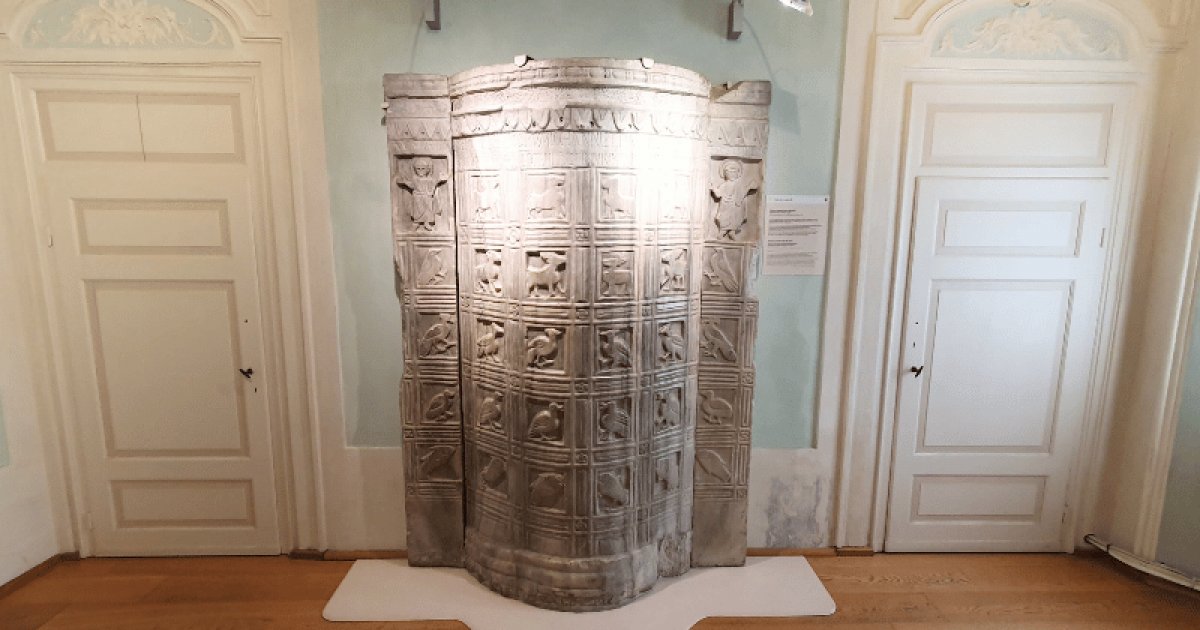ARCHIEPISCOPAL MUSEUM AND CHAPEL OF ST. ANDREW, Presentation Of The Museum
 Language: English / USA
Language: English / USA
Hi, my name’s Rick, and I’m your personal guide. Along with MyWoWo, I’d like to welcome you to one of the Wonders of the World: the Archiepiscopal Museum in Ravenna.
The Archiepiscopal Museum of Ravenna, housed in the Archbishop's Palace, contains the magnificent Chapel of St. Andrew, which I will tell you about in the next file.
The building stands just behind the Metropolitan Cathedral of Ravenna, built in 1732 in the area where the Basilica Ursiana had been built almost 12 centuries earlier.
The original basilica was named after Bishop Orso, who had it erected when Ravenna became the capital of the Western Roman Empire in 402 AD. In addition to the sacred building, a complex was also built of which this palace was a part, which underwent major modifications over time. In fact, its current appearance can be traced back to major restorations carried out around 1563 and the late 19th-century remaking of the facade.
Some of the rooms of the palace became a museum starting in 1734, when Archbishop Niccolò Maffeo Farsetti decided to collect, in a special room, tombstones, mosaics, capitals and other objects from the Basilica Ursiana and other sacred buildings in the city.
Among the most interesting finds I would like to point out to you the Ivory Chair of Archbishop Maximian.
It is an ebony throne covered with 39 ivory panels, beautifully carved with scenes from the Old and New Testaments. Unfortunately, only 27 of these panels remain today; the others have been replaced with less valuable materials.
Another unique piece is the Easter Calendar. It is displayed in a small room called the "capsella of Saints Quirico and Giuditta," because the capsella, a case in which relics of saints were kept, in which the remains of these two martyrs were placed, is displayed there.
This is a complex and very rare calendar, engraved on a marble slab, made about 1,500 years ago in order to calculate the exact date on which to celebrate Easter from 532 until 626.
Finally, stop at the Hall of Capitals where there is a magnificent ambo front from 596 from the Church of Saints John and Paul, made by reusing and finely carving the gray marble lid of an ancient sarcophagus.
An interesting fact: Inside the Metropolitan Cathedral of Ravenna, in a magnificent, gilded chapel to the right of the chancel, before the altar, is a small painting from the 1300s called Our Lady of Sweat. It is named after a miraculous event: it is said that a drunken soldier slashed the painting with a knife and the Madonna depicted began to sweat blood. Since then, this has been one of the most revered sacred images in Ravenna.



